At first glance, the Fang Cheng Bao Tai 3 stands out with its boxy proportions and upright stance. Unlike most BYD vehicles we’ve tested, it carries a design that feels closer to a concept car, yet it’s very much a production car. As the debut model in BYD’s new Tai series under the Fang Cheng Bao sub-brand, the Tai 3 is aimed at younger drivers seeking a more rugged look in a compact urban SUV.
Prices range from 133,800 yuan (approx. 18,600 USD) to 193,800 yuan (approx. 26,900 USD), with both rear- and all-wheel-drive variants available across five trims. Measuring 4,605 mm in length, 1,900 mm in width, and up to 1,930 mm in height with the optional drone module, the Tai 3 occupies a space between family-oriented crossovers and off-roaders, bridging the two with an unconventional approach. BYD’s Fang Cheng Bao announced recently that its Tai 3 model deliveries have reached 10,000 units.

Exterior
The Tai 3 adopts a distinctly angular design, with squared-off lines and sharp surfaces that distinguish it from more streamlined electric SUVs. The front features a tall nose, slim LED headlights, and an upright grille, complemented by flared wheel arches that contribute to a sturdy appearance. At the rear, vertical taillights and a flat tailgate emphasise practicality. On versions equipped with the drone module, a roof hatch integrates the pod into the bodywork—an unusual feature that adds to the model’s visual identity without overstating its purpose.

Other thoughtful design elements include high ground clearance, roof rails, and prominent cladding around the wheel arches. All of these reinforce the Tai 3’s image as an EV that’s not content staying on asphalt. The stance is upright and confident, standing out even in crowded urban lots.

Interior
Inside, the design continues the rugged theme, incorporating a straightforward and functional layout. The cabin features a mix of physical controls—including a prominent gear selector, rotary knobs, and a row of buttons—combined with a 15.6-inch central touchscreen (12.8 inches on lower trims). The system runs BYD’s DiLink 100 interface, which supports voice commands, over-the-air updates, and integrated navigation.
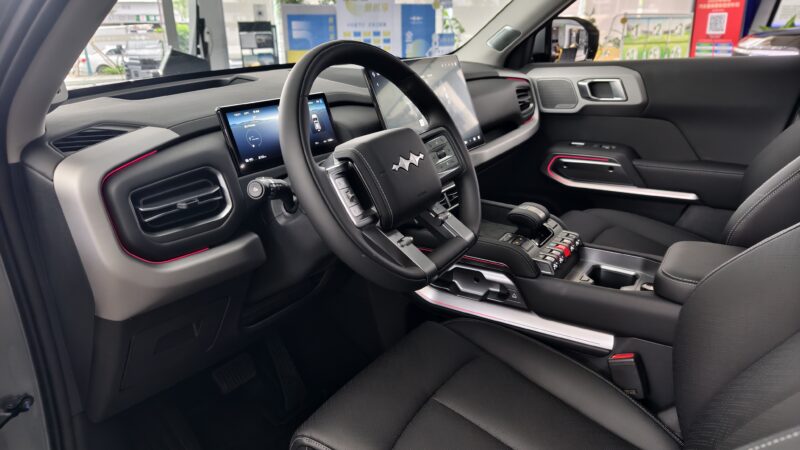
The Tai 3 features an 8.8-inch digital instrument cluster across all variants, with a 12-inch head-up display available on higher trims. The front seats include power adjustment, heating, and ventilation, while the rear seats provide adjustable backrests and a centre armrest for added comfort. Practical touches include a 50W wireless charging pad and a temperature-adjustable storage compartment in the centre console. A 151L front trunk and a 28L external rear compartment provide additional storage and flexibility for daily and occasional trips.

The cabin design balances practicality with a few distinctive elements. It leans toward a functional approach rather than luxury, with solid and durable materials without appearing low-cost. The layout is straightforward, with some unconventional touches that add character without being overly stylised.
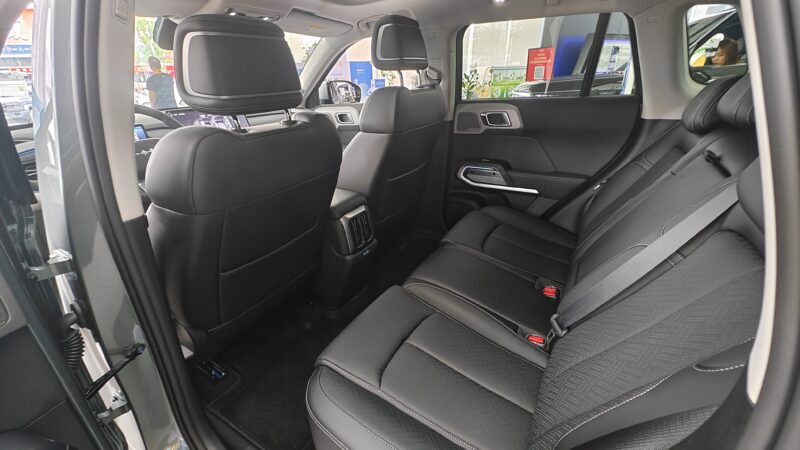

Behind the wheel
The cabin design prioritises practicality while incorporating subtle design details. Materials are chosen for durability and functionality, avoiding a luxury feel but maintaining a quality appearance. The layout is user-friendly and straightforward, with modest accents that provide some character without drawing too much attention.

In urban driving, the ride is smoother than the vehicle’s rugged exterior might imply. The suspension adapts to different road conditions, absorbing bumps and providing stability through turns. Steering is responsive and easy to handle in tight spaces. Although the vehicle weighs 1,995 kg, it remains manageable and composed on the road.
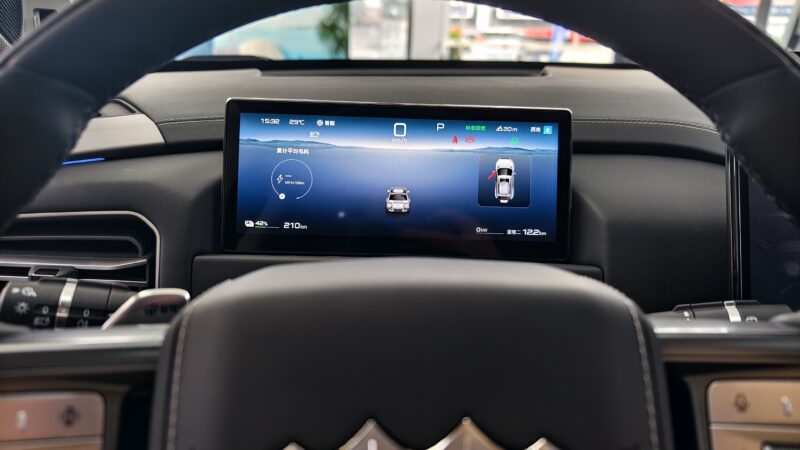
We also evaluated its performance on rough terrain. The iATS (Intelligent Terrain System) adjusted driving modes automatically when encountering loose surfaces. The vehicle maintained control without issue, demonstrating the practical function of its technology.
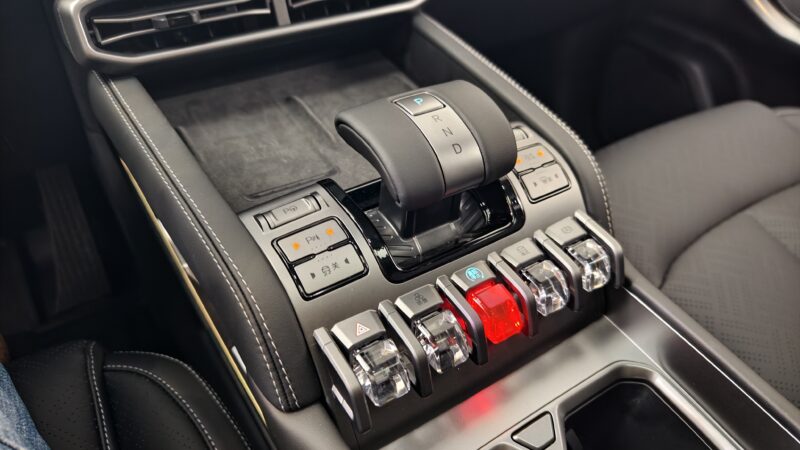
Regenerative braking is well-tuned, providing a natural feel during low-speed driving, particularly in stop-and-go traffic. When fast charging, the Tai 3 can recharge from 30% to 80% in about 18 minutes, which adds convenience for everyday use.

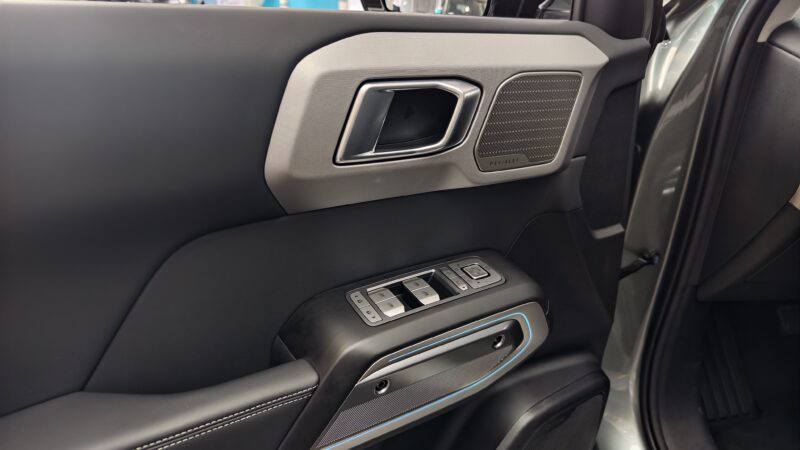
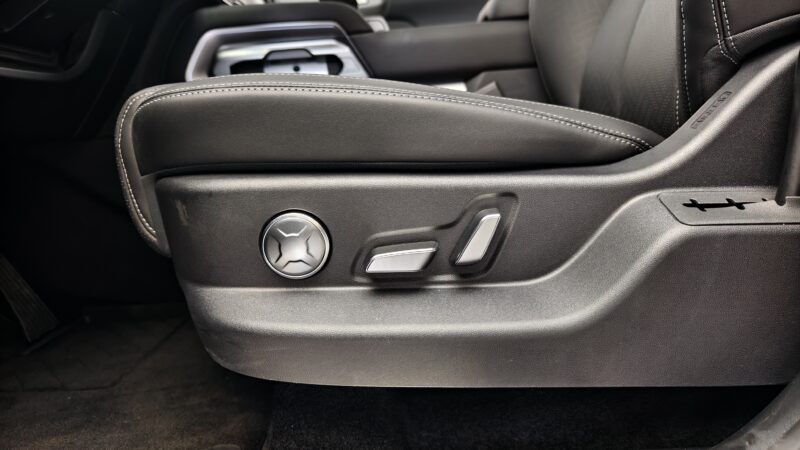
Verdict
The Fang Cheng Bao Tai 3 is a fresh take on what a compact electric SUV can be. It’s not trying to out-luxury the segment or mimic old-school off-roaders—it’s carving out its own identity. The design is bold, the tech is meaningful, and the hardware lives up to the promise.

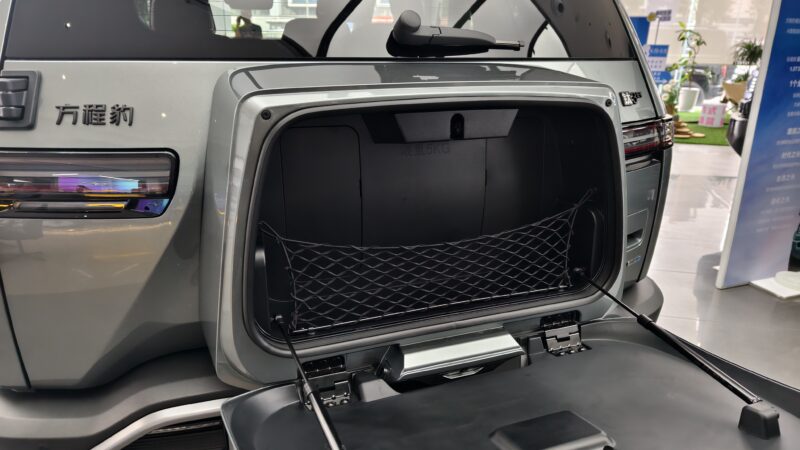
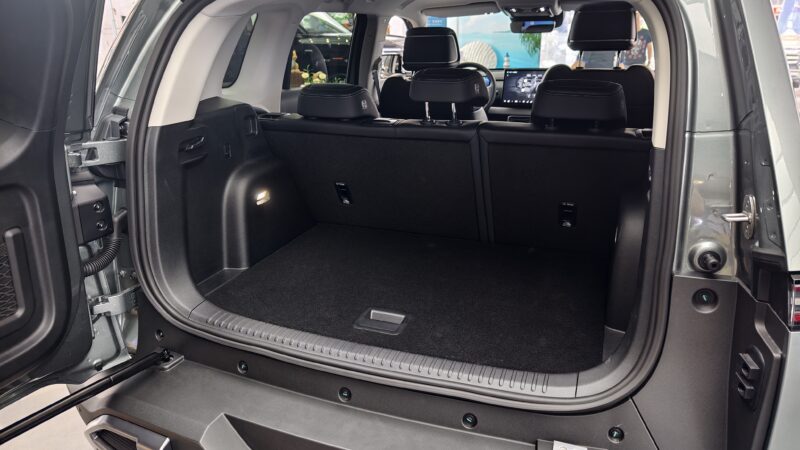
This isn’t a machine built for posh school runs or quiet commutes. It’s for drivers who want something different—an EV willing to get its wheels dirty, even if it spends most of its time in the city. With features like the drone system and off-road traction tech, it’s not a toy or a gimmick. It’s a compact SUV with a sense of purpose and a bit of personality. That alone sets it apart in a growing sea of similar offerings.



Stay tuned for next week’s Sunday China Drive at Car News China, where you can read more first-person evaluations of Chinese cars.


